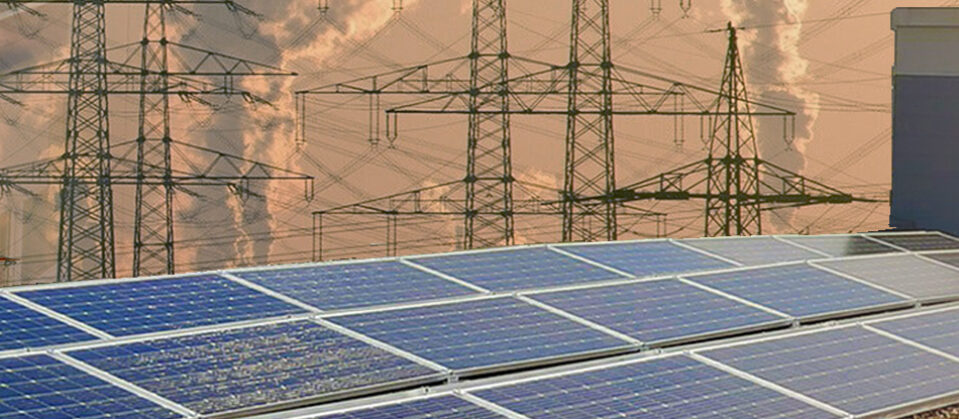Confronting Environmental Injustice: A Look at State Approaches
Dana Johnson (Director, Federal Policy Office, WE ACT for Environmental Justice) / Bethany Davis Noll (Executive Director) / January 13, 2022

One of the principles of environmental justice is that “public policy be based on mutual respect and justice for all peoples, free from any form of discrimination or bias.” More and more states are adopting this principle and are making clear that equitable implementation and enforcement of environmental laws, regulations and policies is a priority for them. Just recently, the governor of North Carolina signed an executive order incorporating “environmental justice and equity considerations and benefits” into the state’s work to cut greenhouse gas emissions. Pennsylvania created an Office of Environmental Justice in order to, among other things, minimize environmental impacts in EJ communities and empower those communities. And Michigan’s governor created the Office of the Environmental Justice Public Advocate by executive order.
Details have also started coming out about how federal agencies and departments will be implementing the Biden Administration’s executive order establishing a whole of government approach to centering environmental justice in decision making. This included creating the White House Environmental Justice Advisory Council, a 26-member federal advisory committee, to provide recommendations on how to prioritize their work in a just and equitable way. Last summer, the administration released interim guidance on implementation of the order. In October, EPA released its draft strategic plan which included the explicit goal of taking action to advance environmental justice. EPA also recently released a Draft Environmental Justice Action Plan for EPA’s Land Protection and Cleanup Programs for comment. Environmental advocates, however, continue to push the administration to make sure the “talk is aligned with the walk.”
What does it mean to practice environmental justice? And what does it mean to do that work at a law enforcement agency? For the California AG’s office it has meant standing by community members organizing to stop a cement plant from being built in South Vallejo where residents already face high levels of pollution. For the Washington AG’s office it has meant a dialogue that “centers on disproportionately impacted communities.” For the New Jersey AG’s office it has meant enforcing existing pollution laws in communities that have been disproportionately burdened by pollution. For the Illinois AG’s office it means holding a metal shredding and recycling facility accountable for emissions of volatile organic compounds in the Little Village neighborhood of Chicago as well as enhancing communication with communities about local environmental concerns. In some states, AGs have new EJ-focused statutes to enforce. Across the board, it has meant lawyering with an attention to deep injustice.
With a new resource focused on EJ work at AG offices, the Center, in partnership with WE ACT for Environmental Justice, will be tracking work in this space. This resource is designed to support AG offices building up EJ practices. It also shines a light on the roots of environmental justice advocacy as well as important victories, challenges, and lessons for advocates in this space. Stay tuned.
This page was updated on December 14, 2023 to better meet our accessibility standards. To see the page as it was initially published, click here.
